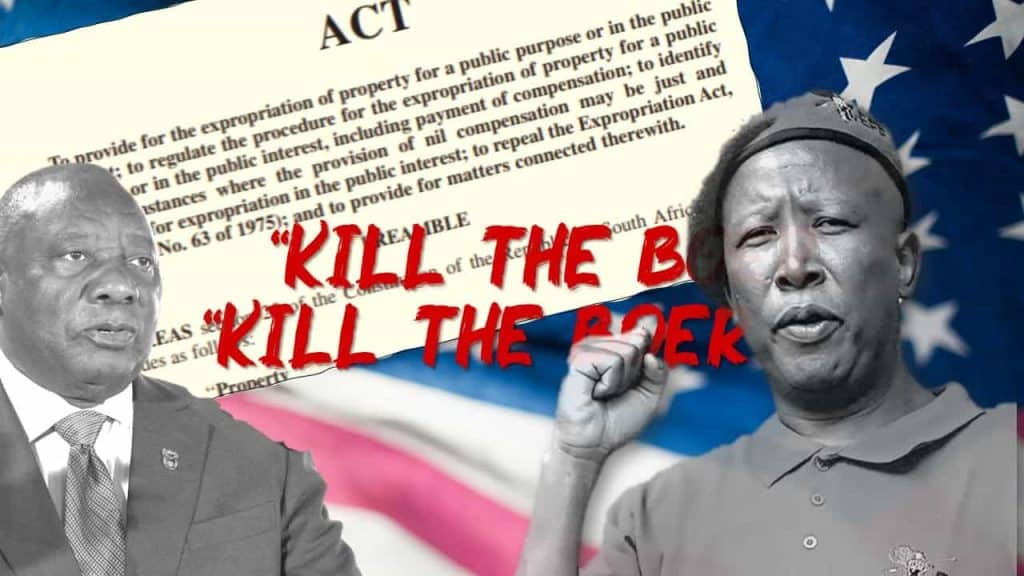We celebrate Afrikaans Language Day annually on 14 August, because it was on this day in 1875 that the Genootskap van Regte Afrikaners (English: The Society of True Afrikaners) was founded to promote Afrikaans as their own language. Afrikaans is also the language that played some or other part in the various inventions and innovations that have played a part in the world in which we live today.
- Sasol – initially the Suid-Afrikaanse Steenkool-, Olie- en Gasmaatskappy (English: South African Coal, Oil and Gas Company)
Sasol is a remarkable success story which dates from 1950 – and this remarkable technological leap was made in Afrikaans. Today, Secunda – Sasol’s main plant, is the only commercial installation in the world that can transform coal into a liquid. This makes Sasol the world’s largest producer of synthetic fuel in the world. More impressive, however, is that his fuel was already available at South African fuelling stations in 1955.
- Dolosse
Dolosse are reinforced cement blocks shaped in a complex geometrical way and are used as water breaks all over the world’s coastal areas. The dolos was designed in 1963 by draughtman Aubrey Kruger and used for the first time in East London, South Africa.
- Flame ionisation detector
The scientific instrument measures analyte in the steam of a gas and was developed in Afrikaans in South Africa. It was developed at the same time in New Zealand. In South Africa, the technology was developed by Victor Pretorius en J. Harley from the University of Pretoria. Pretorius was a direct descendant of Andries Pretorius!
- Cybertracker
The physicist Louis Liebenberg and computer scientist Lindsay Steventon developed the Cybertracker in 1996. This technology is used to track animals of all shapes and sizes by employing a satellite navigation system similar to GPS. By using this technology, scientist can study the movement and migration of animals from the comfort of their laboratories.
- Mxit
This cell phone platform was developed by Herman Heunis in 1997 in Stellenbosch. Heunis’s motivation for developing the platform was the high cost of SMS messages. Mxit was officially launched in 2006 and, at the height of its popularity, was used by about 7,2 million people from 120 countries.
- Krugerrands
The world’s first one-ounce-denomination gold coin, the Krugerrand, was minted on 3 July 1967 by the South African Mint. Named for Pres. Paul Kruger, the Krugerrand is known and popular among coin collectors from all over the world. By 1980 Krugerrands comprised more than 90% of the world’s coin market, being the most popular way for investors to buy gold.
- Remgro
The company Remgro – with interests in the banking industry, financial services, packaging, medical services, mining, petroleum, food production and many more industries – was listed in 2015 as the ninth largest public trade company in South Africa, and the 1 436th in the world. The company started out as Voorbrand Tabak, founded in Afrikaans in the 1940s by Dr Anton Rupert.
- First heart transplant
The first human to human heart transplant was done on 3 December 1967 by Dr Chris Barnard. Barnard had a decade’s experience as cardiologist before he and a team of thirty – among these his brother, Marius – did the first successful heart transplant on this day. The patient, Louis Washkansky, lived for 18 days after the operation before succumbing to pneumonia.
- WWF
Anton Rupert was one of the founders of the World Wildlife Fund (WWF), the largest conservation organisation in the world, with more than 5 million supporters who operate in 100 countries.
- First MBA outside of America
The first MBA programme outside of Northern America was developed at the University of Pretoria, and offered for the first time in 1949 – in Afrikaans.




















